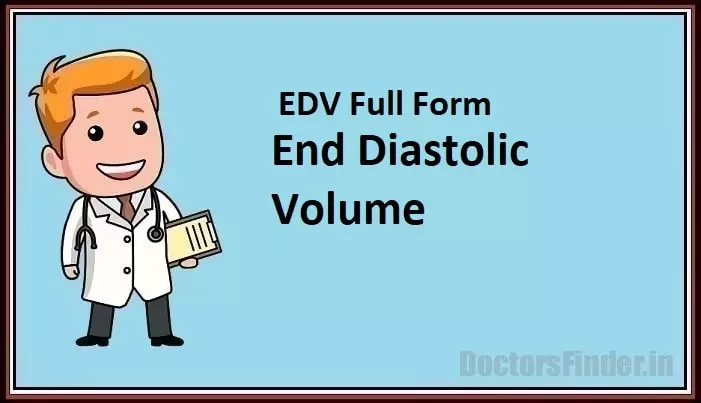EDV full form in medical term is End-Diastolic Volume. This is the amount of blood in the ventricle just before contraction, at the end of diastole. The strength of cardiac contraction at the end of diastole is entitled to muscle fibre length. The greater the increase in ED, the greater the increase in preload on the heart. Ultimately, this increases stroke volume.
Our heart has four chambers – two atria and two ventricles. It involves valves that close and open in sequence to keep blood flowing in one direction through the ventricles and atria. The veins carry deoxygenated blood to the right atrium, which connects to the right ventricle.
Healthcare providers use EDV to measure the condition of one’s general health and heart. Following are some of the tests performed by doctors to evaluate EDV:

EDV, or End Diastolic Volume, evaluates blood in the left/right ventricle before the heart starts contracting. The process helps estimate cardiac preloading as doctors can’t test preload directly, so they use EDV as a nearby estimate.